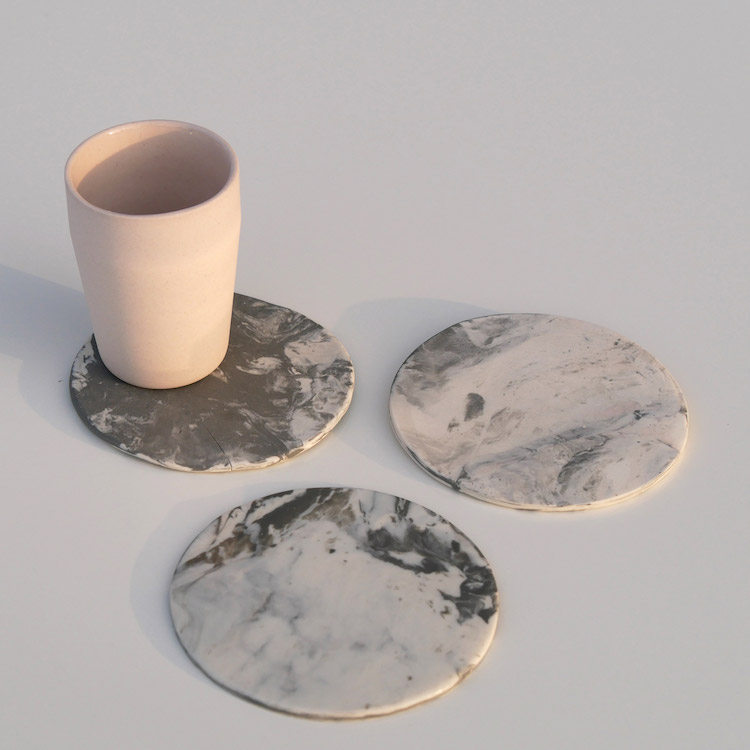ROTTERDAM, The Netherlands—Dutch designer Lotte Douwes transforms scrap porcelain shards that otherwise would have been tossed as waste in her stunning, translucent ‘Shadows of Light’ series—a range of earth-conscientious porcelain tableware. Kaolin, the clay used to make porcelain, is exclusively mined in the mountains of the Chinese city of Jingdezhen, the so-called “porcelain capital of the world.”
But the global demand for porcelain has had a major impact on this resource, according to Douwes. As a result, the powder has become less pure, and it has become harder to achieve translucency.
Concerned about the environmental impact of the fine-porcelain industry, Douwes explored alternative ways to create the delicate ceramic, even traveling all the way to Jingdezhen to deepen her investigations. Her discovery: approximately 50-percent of all porcelain produced goes to waste, due to imperfections, and decided to find a way of reusing this waste material, Dezeen writes.
“I want to create an alternative to pure white kaolin and use this as a starting point for new designs. And my designs will provide insight into the process from raw material to finished product.”
Douwes explains she grinds up the scrap porcelain from her other projects and mixes the ground powder into kaolin, the clay used to in the porcelain manufacturing process. Her process yields a speckled surface texture, which also maintains the characteristic integrity of porcelain’s translucency.
First presented at the 2017 Dutch Design Week (Eindhoven, October 21 -29, 2018), the range called ‘Shadows of Light’ includes grey, cream and charcoal-colored espresso cups, coffee cups and plates.
About the designer: Douwes graduated from the Design Academy Eindhoven in 2011 and began her own design studio in the same year. She designs and produces her own products and creates commissioned items for a variety of clients. Douwes’ designs are characterized by simple solutions that approach the world around us from a different perspective such as incorporating the volume of the room creating a literal connection with the space, bringing a dynamic element into mainly static interiors. Douwes’ designs are practical objects and solution oriented.
Do you love or loathe this sustainable collection from the world of contemporary ceramic art and contemporary ceramics?Share your thoughts in the comments section below.







In defense of the artist if I am not mistaken this photo is taken in the Jingdezhen studio so Lotte would have had to use what was on hand.It would have been impractical for Lotte to buy glass or china cups for the number of experiments she had to do in the limited time she would have had there. Most artists also leave behind materials and extra items for the use of residents taking their place. In the JDZ Pottery workshop the plastics particularly the drink bottles are collected and taken to Glaze supply shops where they are refilled with glaze time and again. I have been a resident 3 times before in JDZ and note the Chinese do recycle plastic there. Its not unusual to see the Chinese men and women go around to bins collecting cardboard and plastics and glass for recycling. In regards to Lottes work very refined and elegant pieces and a great reuse of scrap materials. My own scrap casting slips are recycled and stained or applied to my garden to help the sandy soil hold water for growing of vegetables.
I think this is great idea, but I cannot help but notice the ton of plastic on her workdesk, not to mention the disposable, single use coffee cup and many plastic bottles…
It gives her statement less of sn impact.
I agree with you, Nathalie. Plastic is a huge problem that is finally being discussed in the mainstream and the artist could start by using reusable cups.